Top 7 ERP Transportation Management Features
Because ERP transportation management is a complicated collection of functionalities, and not every package contains (or is strong in) every functionality, it is important to understand your transportation process in terms of its critical functionalities. From there, you can assemble a “wish list” of functionality you wish you had or wish was stronger.
In general, transportation management features can be broken down into the following subcategories:
Mode Support
Many businesses never need to consider a transport mode other than overland trucks and trailers. However, if you are a global company, or if you tend to move products long distances, you will be severely limiting your options and cost savings if you do not have a ERP transportation management package which supports movement by rail, inland waterway, sea, and air. For any given movement in any given location one of these might represent a competitive advantage.
Finance Functionality
These are the tasks that relate to the actual exchange of cash between the company and cost or revenue centers, such as freight billing, labor accounting, invoice auditing and settlement, and so on. Because of the amount of intangibles in other categories, organizations often look to this set of ERP functionalities for hard dollar savings, such as reduction in errors on invoices paid, or increase in billings from more accurate freight ratings.
Operations Management
This involves the nuts and bolts of day-to-day, including capacity management, rate and tariff management, resource management, and asset management. Obviously, this ERP functionality is hugely important to a distribution operation which operates its own fleet, and less important to an operation which contracts all transportation.
Strategic Management
These are the issues that relate to an organization’s network design, sourcing decisions, contract administration, and overall process flow. It is the decisions under this category that largely define what other functionality is needed.
Calculation of Key Performance Indicators
Accurate ERP metrics can turn transportation management from a subjective exercise to an objective process. Examples of key metrics are % on time pick up, % on time delivery, cost per mile (or whatever appropriate; cost per pound, cost per pallet, etc.), productivity, % fully loaded, and % utilization.
Route Planning
This is complex programming, simply because the permutations become so exponentially complex so quickly that conventional programs have difficulty considering them all. In addition to route planning, this category also includes carrier selection, multi-load planning, carrier selection, and driver planning.
Execution Monitoring
This used to be the Next Big Thing, but the luster has faded a bit. RFID chips and GPS communicators give real time updates on trailer progress and location, mobile networks make driver communications routine, and increased information flow was going to make things run smoother. The technology is there, but the benefit remains somewhat elusive.
The bottom line is that transportation management can encompass a lot of activities. Your objective is to make sure that the ERP transportation management module you choose is strong in all of the areas that are key to your success.
Free white paper
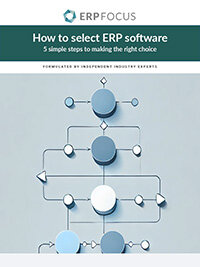
How to Select ERP
Learn to select your ERP in 5 easy steps by following our expert's advice
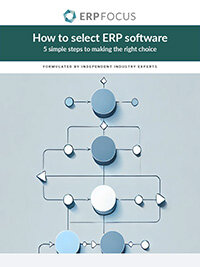
Featured white papers
-
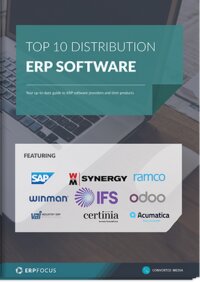
Top 10 Distribution Software Comparison
Compare the best distribution ERP systems available today
Download -
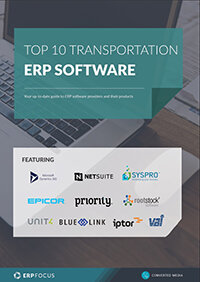
Top 10 Transportation ERP Software Comparison
Get your free comparison of the top 10 transportation ERPs
Download -
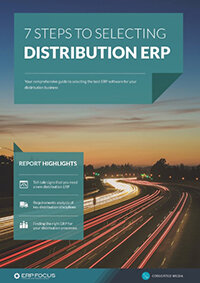
7 steps to selecting distribution ERP
Get expert advice on distribution ERP selection and requirements analysis
Download
Related articles
-

ERP for Food Distributors: Key Functionality
In a modern world where products are tailored to consumers, why should ERP for food distributors ...
-

Secret KPI: Why Your ERP Implementation Team Matters More Than Software
Learn how Godlan ensures successful ERP implementation for manufacturers with proven strategies &...
-

ERP & Logistics: Optimizing the Supply Chain
Read about the steps you can take to optimize your supply chain through ERP software logistics ma...

